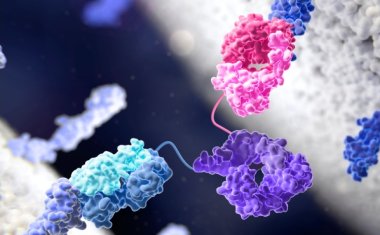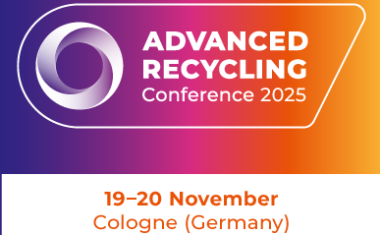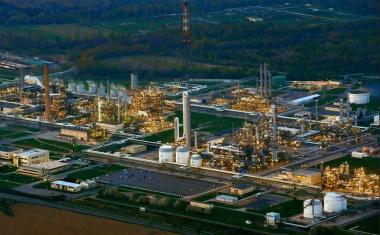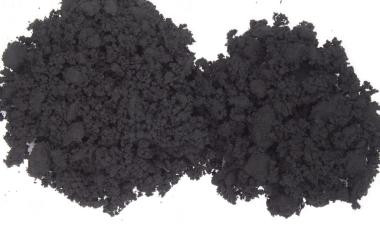EPA Identifies Safer Substitutes for Toxic Flame Retardants
Following earlier action by the EU, the US Environmental Protection Agency (EPA) is planning to publish guidelines on safer alternatives to the flame retardants now used in consumer and commercial products, including building insulation and products with flexible polyurethane foam.
Flame retardant chemicals such as hexabromocyclododecane (HBCD) and pentabromodiphenyl ether (pentaBDE) raise concerns for human health and the environment including potential reproductive, developmental, and neurological effects and can be persistent, bioaccumulative, and toxic to aquatic organisms, EPA stressed in a statement.
The US agency has identified butadiene styrene brominated copolymer as a safer alternative to HBCD used in polystyrene building insulation. The substitute is currently in commercial production in the US.
EPA has identified oligomeric phosphonate polyol as a safer alternative to pentaBDE.
ECHA, the body that implements the EU's REACH legislation, is due to decide on July 9 whether exemptions can be granted to manufacturers of expanded polystyrene, EPS, to continue using HBCD as a flame retardant beyond the August 2015 phase-out deadline. Most international players are switching to the new non-halogen flame polymeric retardant PolyFR.
















